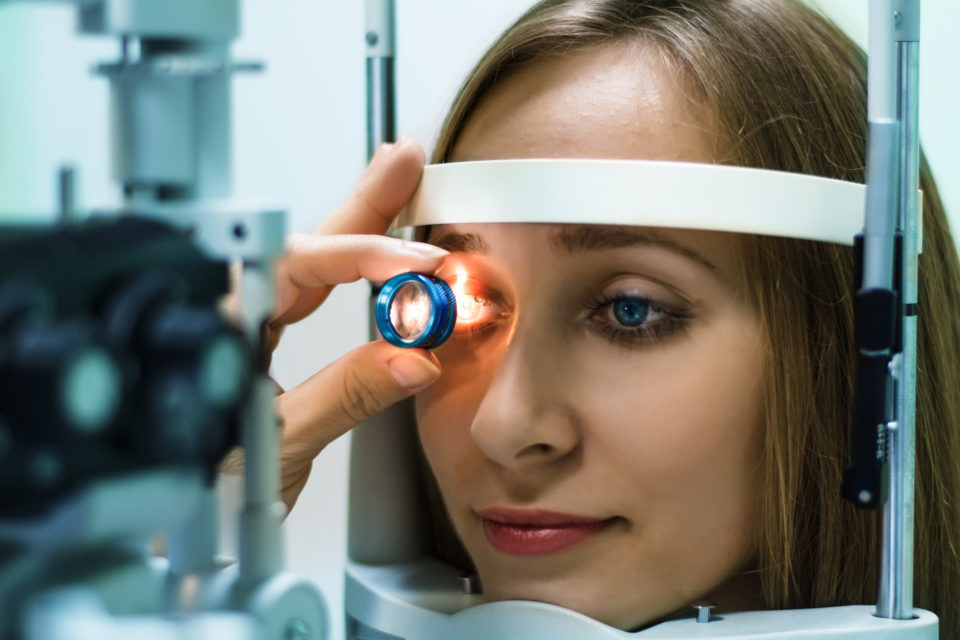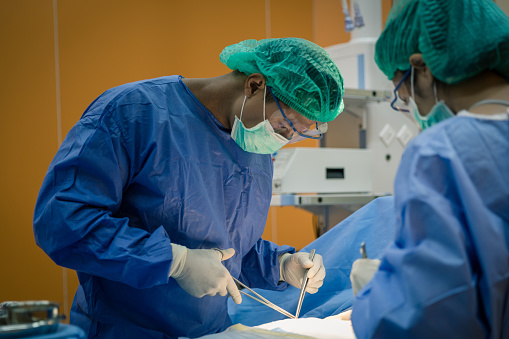
About 40% of patients with neovascular age-related macular degeneration (nAMD) were able to achieve a substantial gain in visual acuity (VA) after cataract surgery, according to a new study that was presented by Mohammad Z. Siddiqui, MD, of UAMS Harvey & Bernice Jones Eye Institute, and colleagues as a poster at the American Academy of Ophthalmology 2020 Virtual meeting.
According to the poster, more patients will be receiving both cataract surgery and intravitreal therapy for multiple conditions including nAMD, but there is not a lot of research looking at the association between intraoperative complications in patients who have undergone intravitreal injections.
In this study, Dr. Siddiqui and colleagues compared the visual outcomes and rate of intraoperative complications in patients with nAMD and control eyes without nAMD that underwent phacoemulsification over a period of 15 years.
The retrospective study included 154,967 eyes that received phacoemulsification cataract surgery at eight U.K. sites between January 2000 and May 2015. The researchers classified eyes based on the presence or absence of nAMD. Ocular co-pathologies of diabetic retinopathy, glaucoma, amblyopia, corneal pathology, optic nerve disease, vitreous opacities, and retinal vascular pathology were included.
There was a substantial gain in postoperative vision after cataract surgery for about 40% of patients with nAMD. These patients also had higher risk for posterior capsular rupture (2.3% vs. 1.3%; P=0.0355) and dropped lens fragments (0.5% vs. 0.1%; P=0.02) compared with patients without nAMD.
More than half of nAMD eyes required intravitreal anti-vascular endothelial growth factor injections within three months of surgery.
Dr. Siddiqui and colleagues noted that the study was limited by its retrospective nature and unequal sample sizes for the nAMD and control groups.






 © 2025 Mashup Media, LLC, a Formedics Property. All Rights Reserved.
© 2025 Mashup Media, LLC, a Formedics Property. All Rights Reserved.